Yerba Mansa (Anemopsis californica), packet of 20 seeds, Organic
$4.95
Family: Lizard Tail (Saururacea)
Hardy to Zones 7 to 12
(Manso, Yerba del Manso, Lizard Tail) Creeping herbaceous perennial. Native to the Southwestern US and California. Does well in pots. The succulent, ovate leaves give rise to white, sometimes rose-tinged coneflowers. The entire plant smells good–spicy and warm. Traditional usage (American Indian, TWM): colds, arthritis athlete’s foot, wound dressing. The plant prefers sodden soils and hot sun, an unusual combination. It is often found in association with geothermal springs, and there is a good wild stand at Jemez springs in NM. As might be expected, the plant is a heat dependent germinator, and high temperatures (up to 100 degrees F) and long germination times (about 3 months) are usually required to get results. I experimented one year pulling apart the sodden, almost moldy seedheads that were bedraggled in the winter rains, and found swollen seeds in them. These I planted in the greenhouse, and they emerged in a few weeks. So you see, there’s more than one way to skin a lizard tail, so to speak. The next year I carefully removed the seeds from the coneheads and planted them in a deep flat. I made several trough-like depressions in the surface of the partly draining soil in the flat, and pressed the seeds into the soil at the surface of the trough, then watered with fair regularity. The first germination occurred at 60 days and winter temps were relatively cool in the greenhouse, with the thermostat set at 55 degrees and going up into the 70’s on good days. The photo in the gallery shows the seedlings under the water that puddles above them when watered. Work up in successively larger pots. The plants make multiple upright flowers to 20 inches tall, and may be spaced 1 to 2 feet apart.
20 seeds/pkt., Certified Organically Grown
In stock

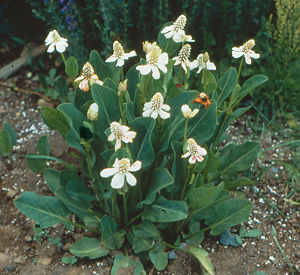
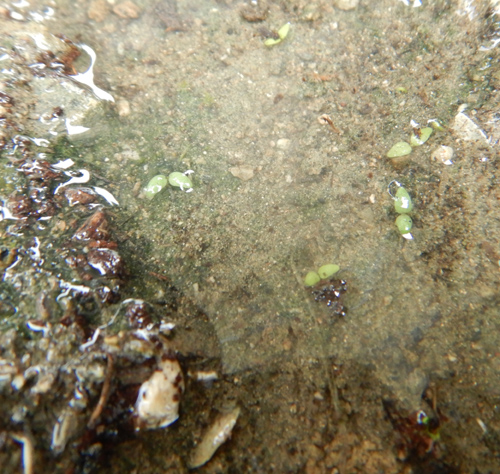
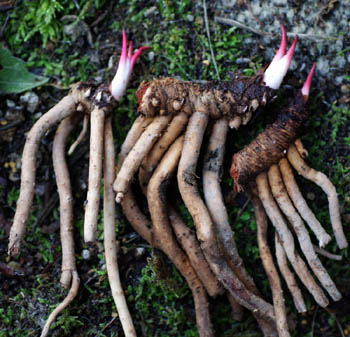
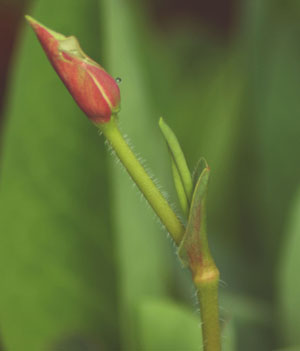
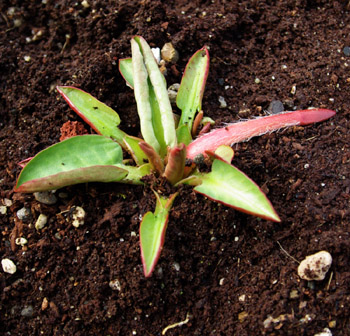
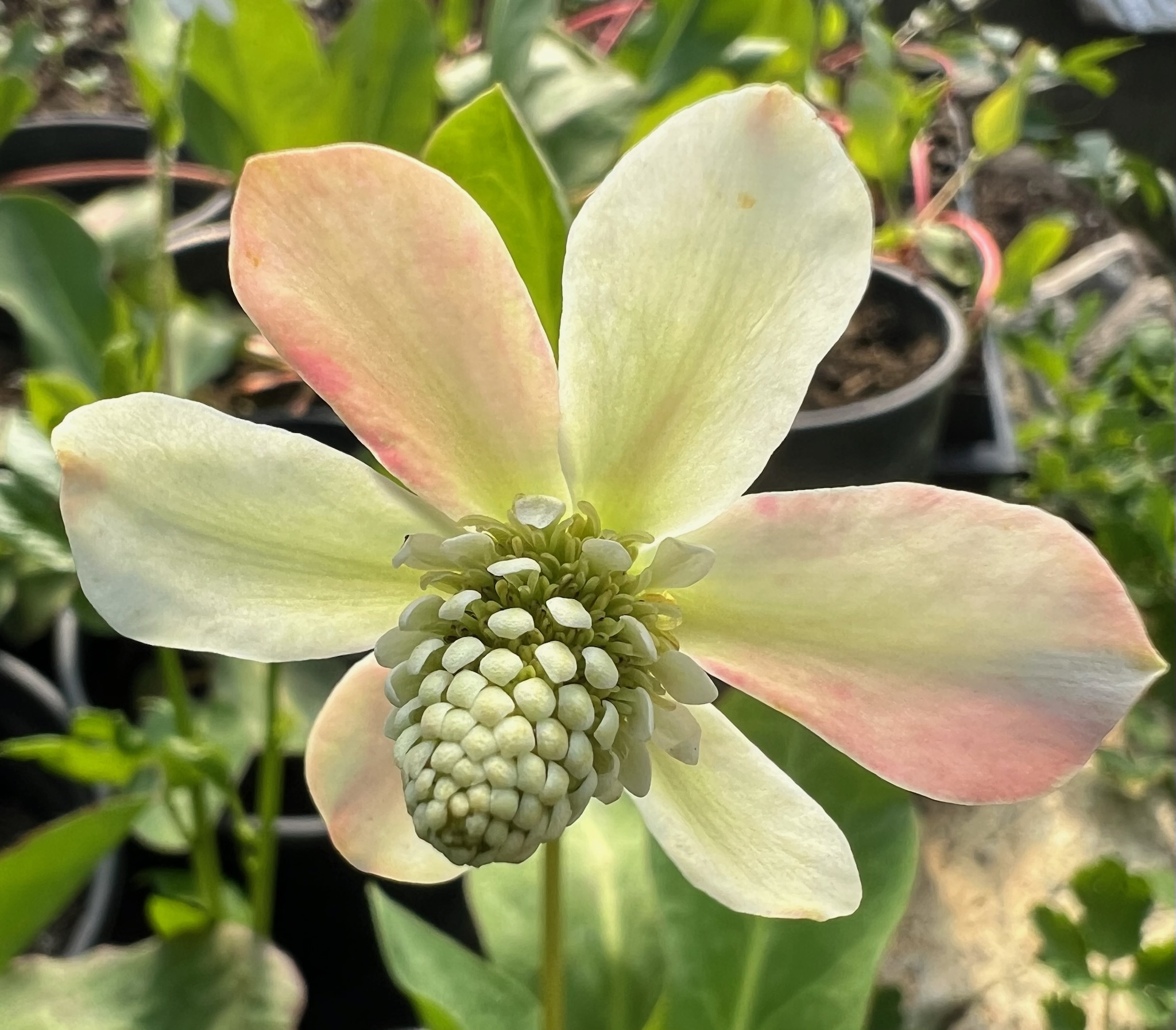
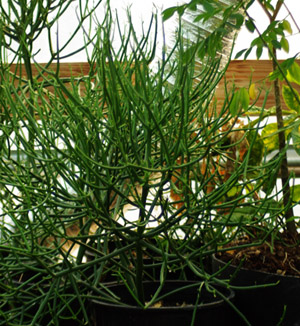
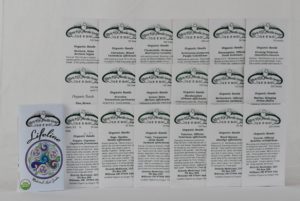
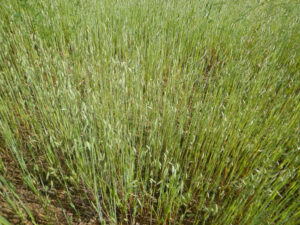
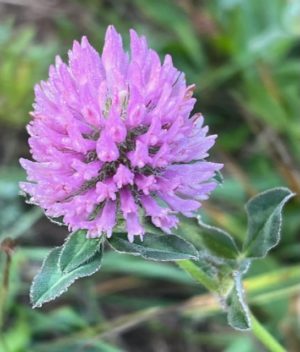
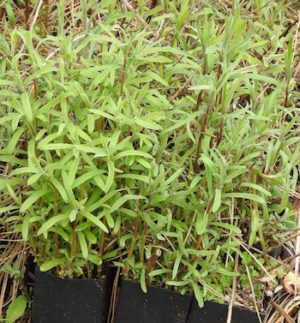
Steven –
I challenge the zone 5 claim. I lived in zone 5b/t6a and they did not make it through the winter in my pond/bog area that froze.
Upvote if this was helpful (0) Downvote if this was not helpful (0) Watch Unwatch Flag for removal
Richo Cech –
hi steven, we have these listed at zone 7 to 12. Z 5 seems pretty cold for it, although CalFlora lists it down to -5 degrees F, which is z 6. Probably in geothermal areas in colder zones it does do well. It is attracted to geothermal. richo
Upvote if this was helpful (2) Downvote if this was not helpful (0) Flag for removal